Fox News Flash top headlines for January 29
Fox News Flash top headlines are here. Check out what's clicking on Foxnews.com.
Anthropogenic extinction, which is driven by human activities, poses a severe threat to biodiversity worldwide.
Professor Bridget B. Baker of the University of Florida's Wildlife Ecology and Conservation Department told Fox News Digital about the intricacies of anthropogenic extinction — as well as the primary human activities behind it, specific examples of affected species, and the challenges and opportunities for the future.
What is anthropogenic extinction?
Unlike natural extinction, which are events caused by environmental changes or geological phenomena, anthropogenic extinction refers to the process of species disappearing from the Earth as a consequence of human influence on the environment.
SCIENTISTS SAY ENDANGERED SPECIES ACT IS AS ESSENTIAL AS EVER AFTER 50 YEARS OF SUCCESS
What species have been affected by anthropogenic extinction?
Some species have faced the fate of anthropogenic extinction due to factors such as habitat destruction, pollution, climate change and hunting.
"Over 90 amphibian species have faced extinction due to chytrid fungus, a global invader spread through human travel and trade. Climate change further weakens amphibians' immune systems, heightening vulnerability to the fungus," Baker said.
Below are examples of animals impacted by anthropogenic extinction.
- Passenger pigeon
- Pyrenean ibex
- Quagga
- Golden toad
- Tasmanian tiger
- Caribbean monk seal
- Western black rhinoceros
- Pinta Island tortoise
- Spix's macaw
- Christmas Island pipistrelle
1. Passenger pigeon
Once thriving in North America, the previously abundant passenger pigeon faced extinction in the early 20th century, succumbing to relentless hunting and habitat loss.

The now extinct passenger pigeon is featured at the Woodman Institute Museum in Dover, New Hampshire. (Photo by Jill Brady/Portland Portland Press Herald via Getty Images)
2. Pyrenean ibex
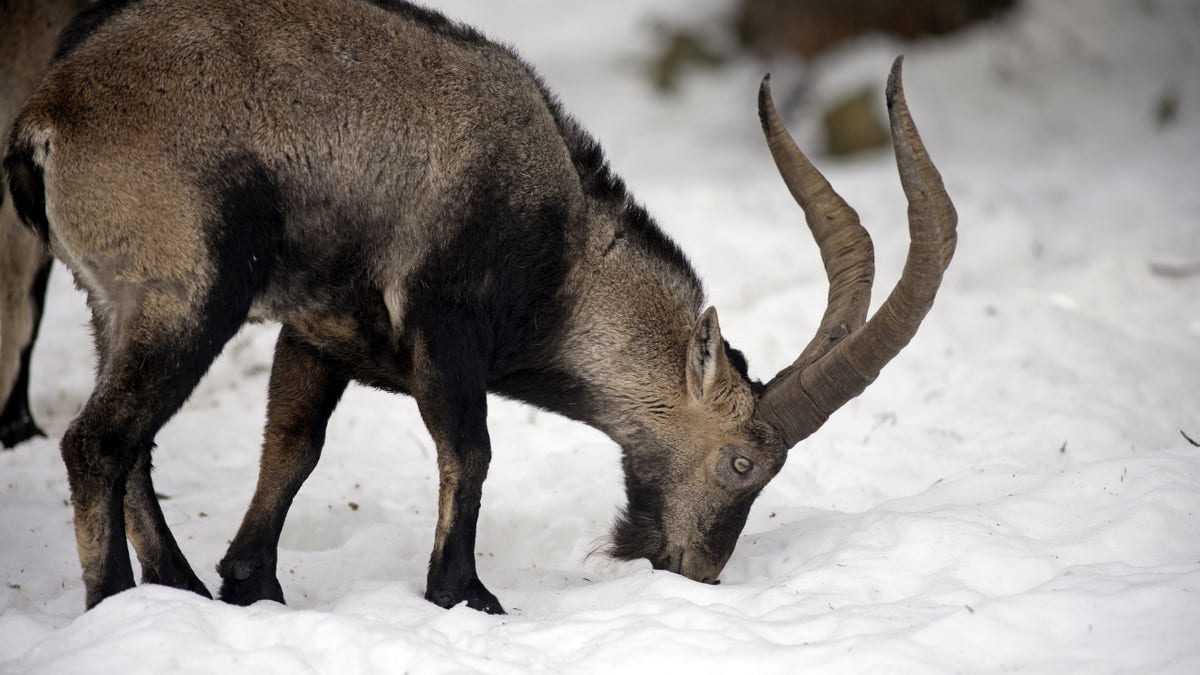
A Pyrenean ibex in Capra Pyrenaica, Spain. (Prisma by Dukas/Universal Images Group via Getty Images)
The Pyrenean ibex, or bucardo, once roamed the mountainous Pyrenees but went extinct in the 20th century.
Intense hunting by humans, driven by sport and commerce, coupled with the spread of diseases, led to a rapid decline in this animal's population.
Despite conservation attempts, the last Pyrenean Ibex, Celia, died in 2000.
3. Quagga
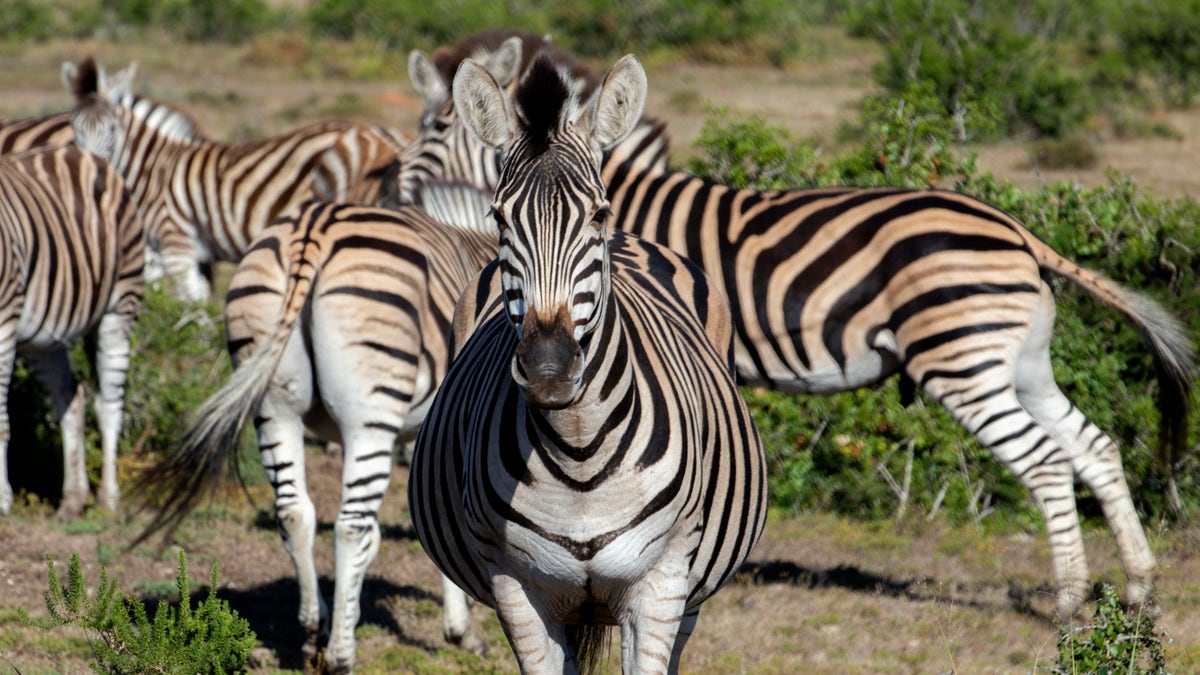
A herd of zebras keeps an eye on tourists at the Shamwari Private Game Reserve near Paterson, South Africa, on Nov. 4, 2022. (David Silverman/Getty Images)
The quagga, a distinctive subspecies of the plains zebra, once roamed South Africa but faced extinction in the late 19th century. Overhunting by European settlers and habitat changes contributed to the demise of the quagga.
The last recorded quagga died in captivity in 1883. Attempts have been made to revive the species' likeness through selective breeding, offering a glimpse into the possibility of restoring a population similar to this extinct subspecies, according to the Quagga Project.
UN REPORT WARNS 1 MILLION LIVING SPECIES FACE EXTINCTION
4. Golden toad
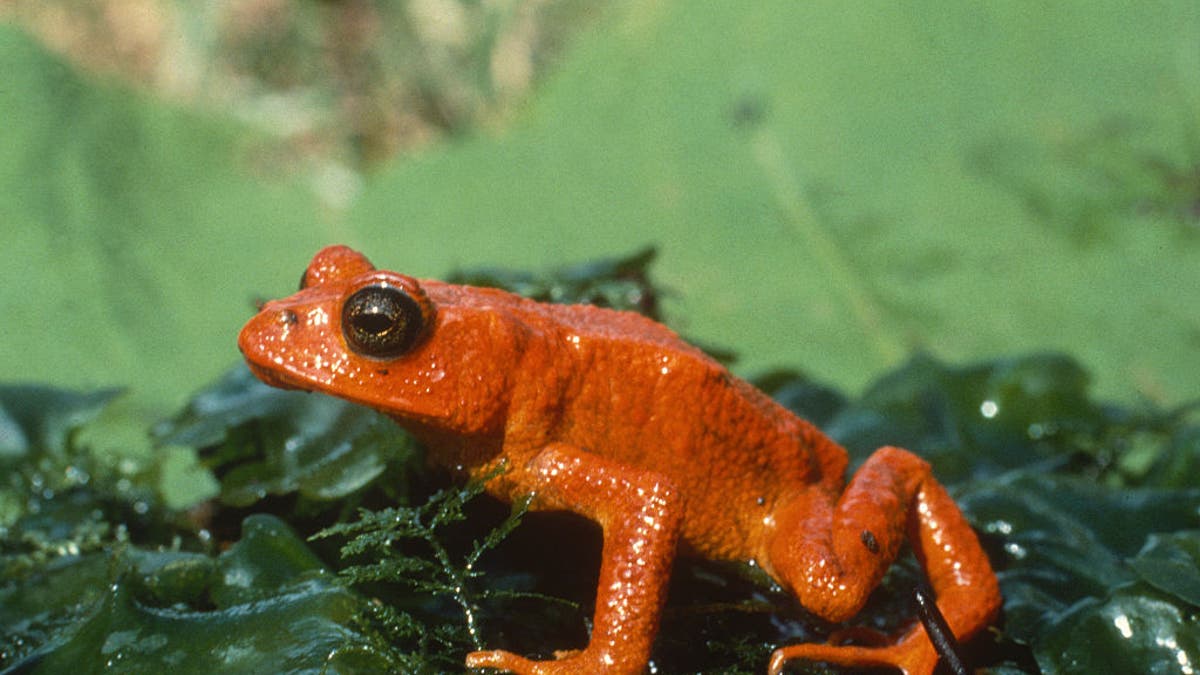
The golden toad experienced population decline and eventual extinction due to changing climate patterns. (Education Images/Universal Images Group via Getty Images)
Native to Costa Rica, the golden toad became extinct in the late 20th century. Its unique appearance made it a symbol of Central American biodiversity.
The decline was associated with changing climate patterns affecting its montane cloud forest habitat. As the environment changed, including shifts in temperature and moisture levels, the golden toad population struggled to adapt.
Combined with habitat degradation and the introduction of the chytrid fungus, this led to the extinction of the golden toad.
5. Tasmanian tiger
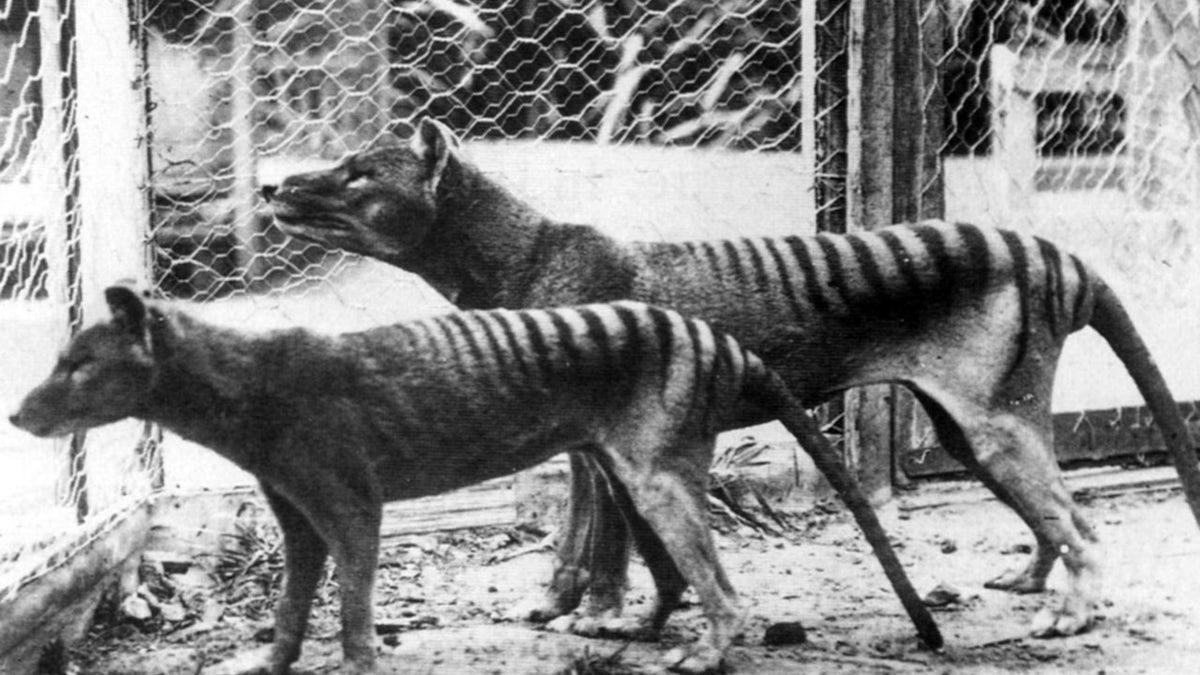
Now-extinct Tasmanian tigers are shown at the Hobart Zoo in Tasmania, Australia, in 1933. (Universal History Archive/Universal Images Group via Getty Images)
The Tasmanian tiger, scientifically known as thylacinus cynocephalus, was a carnivorous marsupial native to Tasmania, Australia, and New Guinea. Resembling a large dog with distinct tiger-like stripes, it became extinct in the 20th century, with the last known individual dying in captivity in 1936.
Intense hunting, human persecution due to perceived threats to livestock, and habitat loss were the key contributors to its extinction. Despite extensive efforts to find surviving animals, the Tasmanian tiger remains a perfect example of anthropogenic extinction.
6. Caribbean monk seal
The Caribbean monk seal was a marine mammal that was once native to the Caribbean Sea and Gulf of Mexico.
These mammals were declared extinct in 2008, primarily due to hunting, overfishing and habitat destruction.
7. Western black rhinoceros
The western black rhinoceros was declared extinct in 2011, mainly due to poaching for its prized horn that was valued in traditional medicine and as a status symbol. This relentless hunting severely depleted the rhinoceros population, contributing to its eventual extinction.

Poaching was a key reason behind the extinction of the western black rhinoceros. (Education Images/Universal Images Group via Getty Images)
8. Pinta Island tortoise
The Pinta Island tortoise, also known as chelonoidis abingdoni, was native to Pinta Island in the Galapagos archipelago in Ecuador.
Lonesome George, the last known Pinta Island tortoise, died in 2012, marking the extinction of his subspecies. George was faced with issues like habitat degradation, invasive species and human exploitation.

Photographed here is Lonesome George, the last known Pinta Island tortoise. (Photo by COLLART Hervé/Sygma via Getty Images)
9. Spix's macaw
Spix's macaw, scientifically known as cyanopsitta spixii, was a vibrant blue parrot species native to Brazil, where its natural habitat included the gallery forests along the Rio Sao Francisco.
Unfortunately, due to habitat loss from deforestation and illegal trapping for the pet trade, the Spix's macaw became critically endangered.
In the wild, this species is considered extinct, but according to the Spix's Macaw Re-Introduction Project, there are efforts in place to reintroduce captive-bred individuals into their native habitat to contribute to conservation.
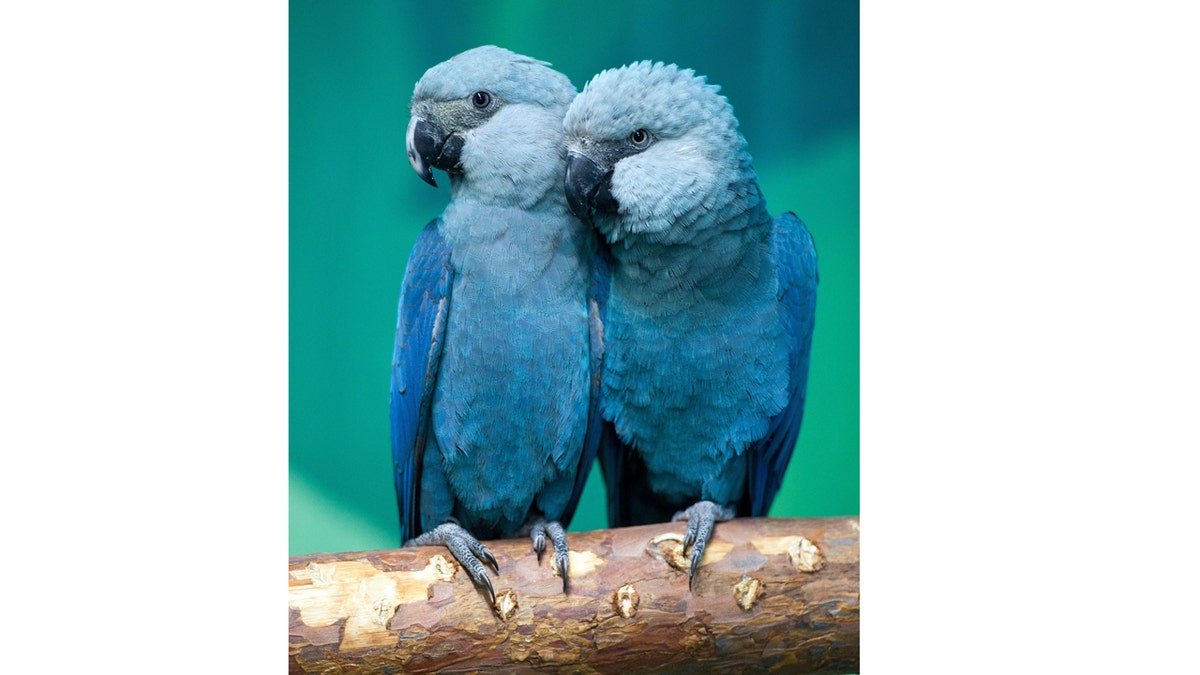
Spix's macaws Felicitas, left, and Frieda sit on a branch. (Patrick Pleul/DPA/AFP via Getty Images)
10. Christmas Island pipistrelle
The Christmas Island pipistrelle, a bat species, was declared extinct in 2009.
The loss of its natural habitat, combined with the impact of non-native species, contributed to the decline of this unique bat population. The Christmas Island pipistrelle, as the name suggests, was native to Christmas Island, an Australian territory in the Indian Ocean.
How many species face extinction each year?
"The rate of extinction is currently 1,000 to 10,000 times the value of the normal rate of extinction," according to the International Union for the Conservation of Nature (IUCN).
The baseline rate, unaffected by human influence, represents the natural pace of species loss.
Typically, around five species per year face irreversible extinction.
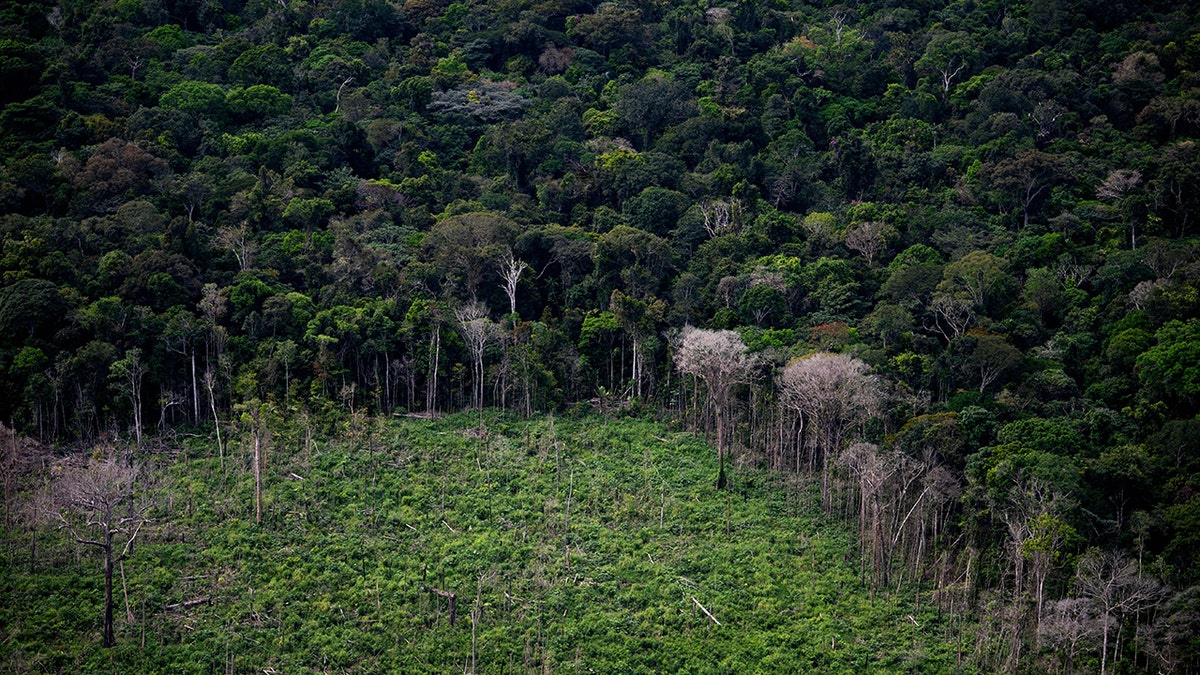
A deforested area of the Amazon rainforest is seen in Brazil on June 6, 2022. (Mauro Pimentel/AFP via Getty Images)
What activities drive anthropogenic extinction?
Anthropogenic extinction is driven by various human activities that significantly impact ecosystems and species.
Some key activities include the following.
- Habitat destruction
- Pollution
- Overharvesting
- Climate change
- Introduction of invasive species
- Deforestation
- Industrialization
- Infrastructure development
Baker noted the intricate challenges that species face, emphasizing the connection between our well-being and ecosystem health, encompassing wildlife, plants, insects, soil, air and water.
WOOLLY MAMMOTH RESURRECTION? SCIENTISTS SAY IT'S IN PROCESS
"Human activities contribute to the highlighted stressors," she said. "While a single stressor can push a species toward extinction, the current challenge lies in the simultaneous and prolonged exposure to multiple stressors. Similar to people, the accumulation of stressors weakens resilience."
How can people help prevent anthropogenic extinction?
"While individuals have diverse values and motivations, the power of collective action should not be underestimated. Taking action together toward a common goal can bring about positive change and improved outcomes," Baker said.
IS HUMAN EXTINCTION THE ONLY WAY TO SAVE THE PLANET?
She shared some of the ways people can make positive changes that will address anthropogenic extinction and protect other species — and also our public health.
CLICK HERE TO SIGN UP FOR OUR LIFESTYLE NEWSLETTER
- Eat a primarily plant-based diet
- Do not release exotic pets into the wild
- Purchase products in recyclable materials
- Participate in shoreline cleanups
- Turn off lights and unplug devices when not in use
Baker recommended a number of strategies for reducing our carbon footprint, such as advocating for the use of the Monterey Bay Aquarium Seafood Watch guides when buying seafood.
She also underscored the impact of laundry, a major source of environmental microplastics.
CLICK HERE TO GET THE FOX NEWS APP
For more Lifestyle articles, visit www.foxnews.com/lifestyle.





















